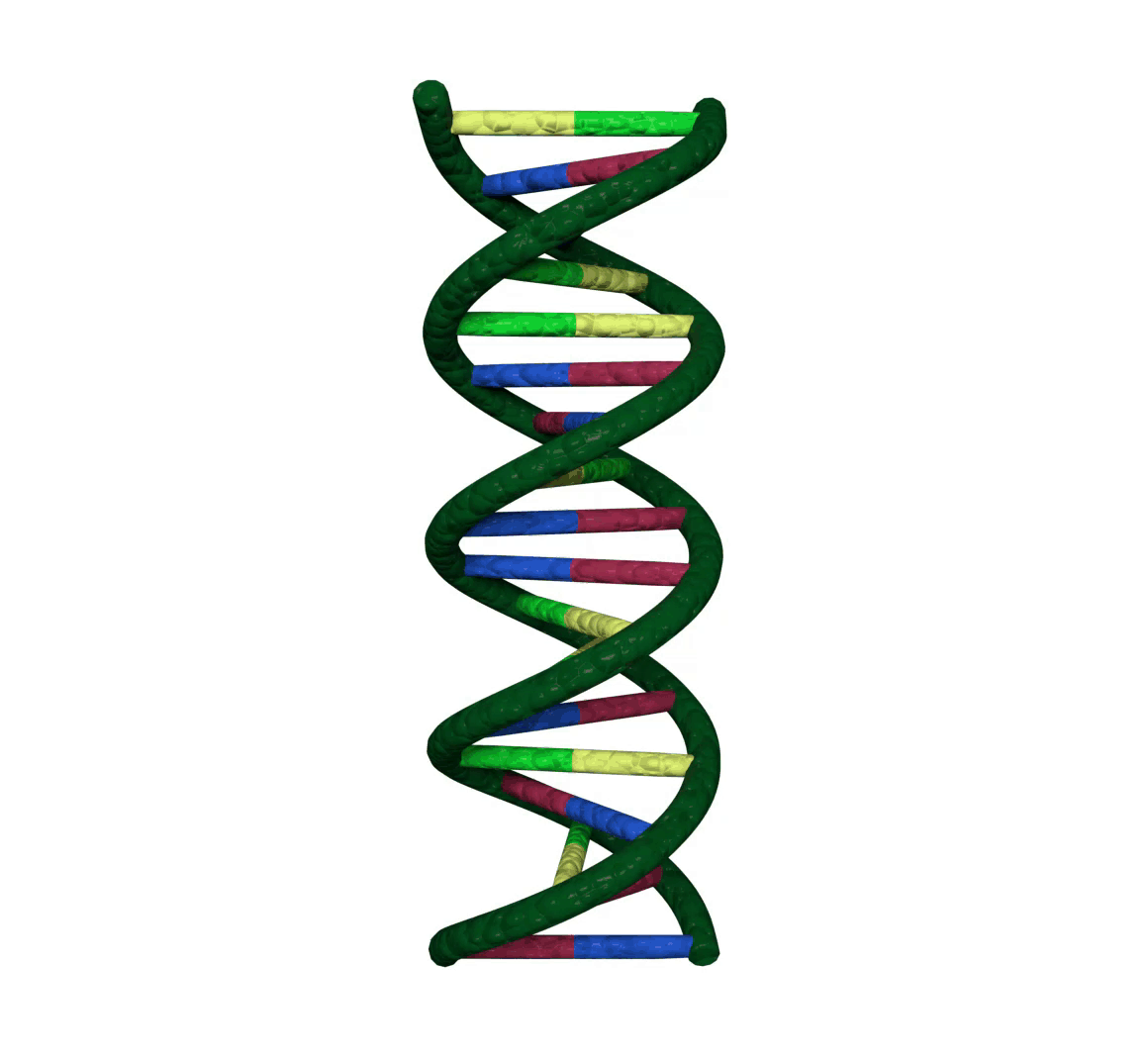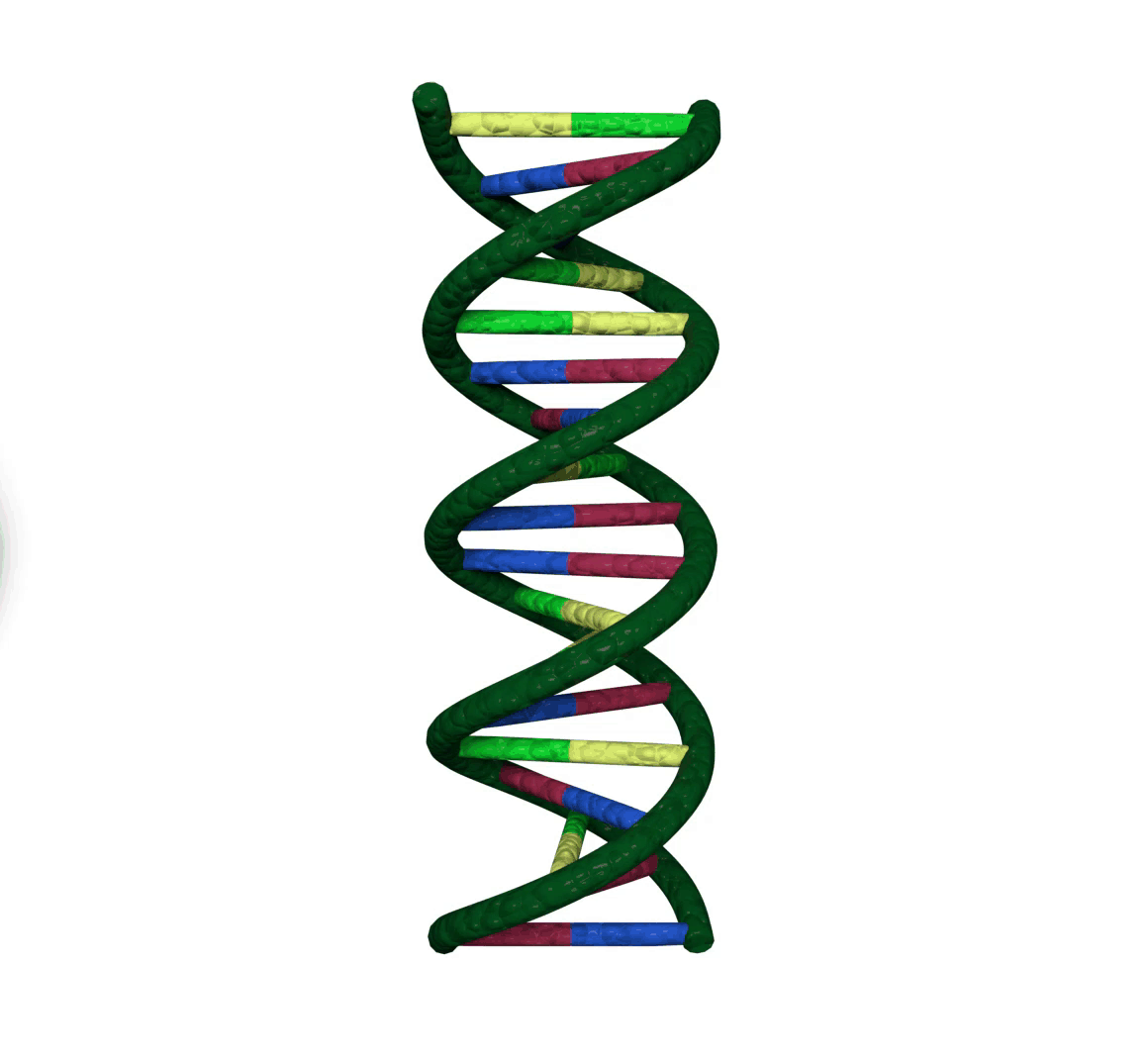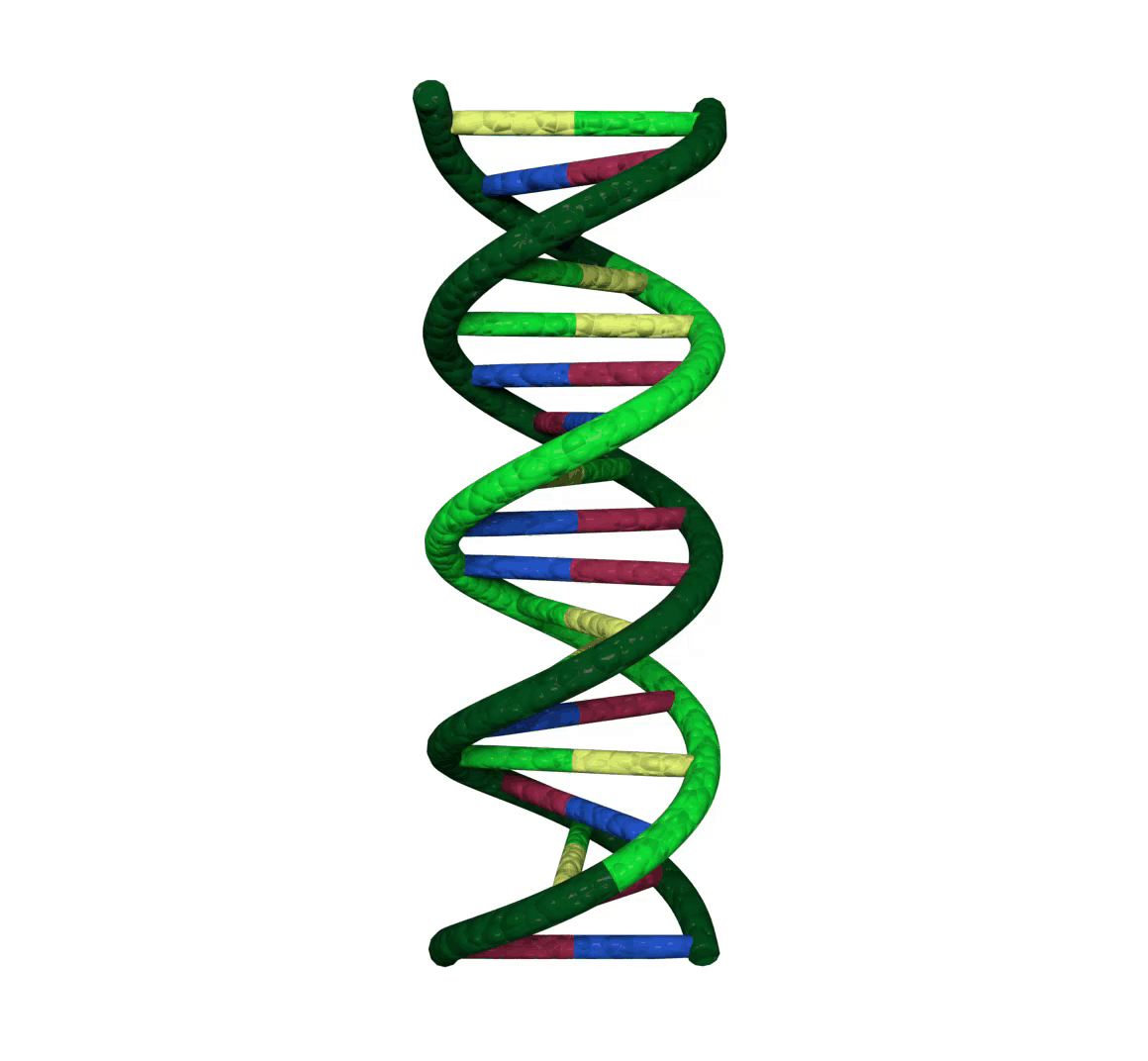22nd Century's R&D Builds Value and Fuels Growth
22nd Century uses the latest, most efficient techniques in genetic modification and plant breeding to create strains of ultra-low nicotine tobacco for the consumer marketplace.
We have created ultra-low nicotine tobacco strains that help smokers to smoke less. Developing tobacco strains with the chemical profiles and robust agronomic traits to fulfill current and anticipate future market needs.
Our unique blend of corporate integration, strategic alliances, technological expertise, and product cycle refinement put us at the forefront of this work.

The blueprint for all life on Earth is based upon deoxyribonucleic acid. DNA is a long chain of molecular “bases” that use a code, consisting of 4 different elements (A,C,T, and G). Discrete segments of code, called genes, provide the information for producing specific proteins. This code is “transcribed” into a “message” (mRNA) that defines the protein to be made from it. The message is read or “translated” in groups of 3 elements (codons) to sequentially specify and assemble each component amino acid, yielding any given protein in every living thing. These proteins act as small machines that enable cells to maintain and repair themselves, communicate with other cells, reproduce, and process substances characteristic of each organism. Each cell’s complement of DNA is used to direct its productive capacity and interactions with other cells that, in-turn, make up the entire organism. In more complex organisms (plants, animals, and humans), this DNA is tightly bundled in the center or “nucleus” of the cell.
How Gene Editing Differs From Genetic Modification
Gene editing (or genome editing) comprises a spectrum of tools and techniques, including CRISPR technology, that can be used to alter an organism’s DNA in a precise and targeted way. Gene editing can modify specific points within the organism’s own DNA, leaving nothing behind but the altered DNA sequence. This differs from traditional genetic modification (GM) where internal DNA changes or DNA from an unrelated species are introduced into the genome of an organism, often in a non-targeted way.
Modern genetic technology is the key to designing our tobacco, hemp/cannabis, and hop strains. New fields in biology, such as molecular genetics, metabolomics, and bioinformatics empower and guide this technology. We can then use various genetic engineering techniques, such as DNA sequencing, molecular breeding, and gene/genome editing, to engineer the changes we desire.
These modern techniques allow us to determine the specific DNA coding sequences that plants use to produce chemicals of interest, to edit these sequences in a precise manner, and to quickly measure the results of these changes. As an example, by modifying the DNA that directs alkaloid production in tobacco plants, we have developed plants that have 95% less nicotine than the average tobacco plant.
Read The Research
View All-
August 22, 2022
Cannabidiol as a treatment for arthritis and joint pain: an exploratory cross-sectional study
Read More -
April 19, 2019
Cannabidiol in the Treatment of Post-Traumatic Stress Disorder: A Case Series
Read More -
January 19, 2019
Cannabidiol presents an inverted U-shaped dose-response curve in a simulated public speaking test
Read More




